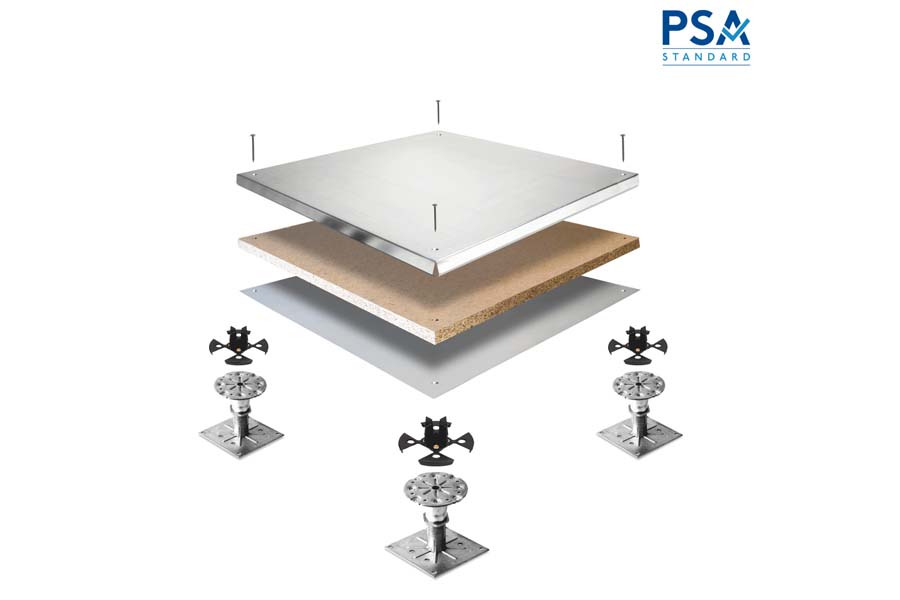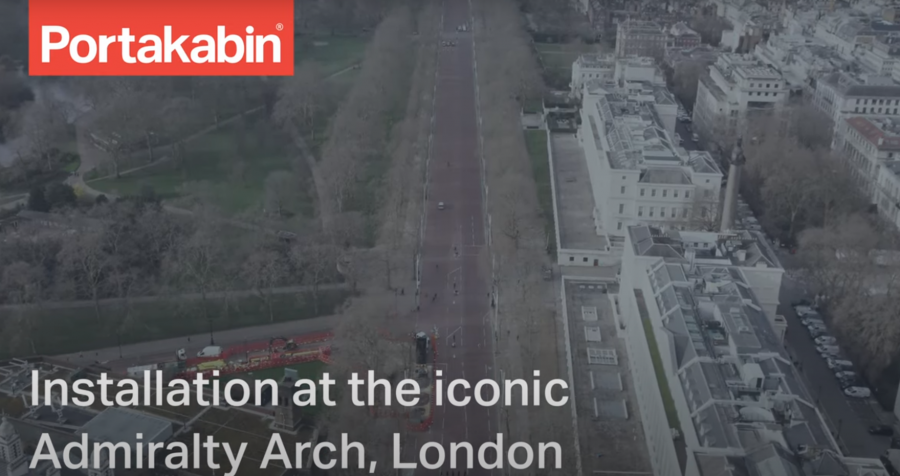Housing Secretary Robert Jenrick unveiled a five-point plan to tackle the cladding crisis and a further £3.5bn in funding.
He confirmed to the House of Commons that the government will fully fund the cost of replacing unsafe cladding for all leaseholders in residential buildings 18 metres (6 storeys) and over in England.
This will ensure funding is targeted at the highest risk buildings in line with longstanding independent expert advice and evidence, with Home Office analysis of fire and rescue service statistics showing buildings between 18 and 30 metres are four times as likely to suffer a fire with fatalities or serious casualties than apartment buildings in general.
But Jonathan O’Neill OBE, Managing Director of the Fire Protection Association (FPA), the UK’s national fire safety organisation, argues that this should apply to all affected buildings – regardless of their height.

“It has now been more than three and a half years since the issue of combustible cladding surfaced as an issue for leaseholders,” he said. “Whether the problems arose due to ambiguous and confusing legislation, a broken regulatory system, ignorance or incompetence in the construction sector, or suppliers of building products gaming the system; what is abundantly clear is that it was of no fault of the leaseholders who continue to face uncertainty despite today’s announcement.
“The government must act now and support all leaseholders, in all affected buildings regardless of their height, with grants to bring this debacle to a close. It should then be on the government to pursue those responsible through the courts to ensure the money is fully repaid. This has been going on for too long, it is completely unacceptable that we continue to have people living in buildings which are fundamentally unsafe and leaseholders facing financial ruin for believing that we had a regulatory system that was fit for purpose and robust.
“The FPA has made repeated requests for the government to ban the use of combustible materials on all high-risk buildings; this situation is clearly of its own making and they must act now to bring this debacle to a close.”
Lower-rise buildings, with a lower risk to safety, will gain new protection from the costs of cladding removal with a generous new scheme offered to buildings between 11 and 18 metres. This will pay for cladding removal – where it is needed – through a long-term, low interest, government-backed financing arrangement.
Under the scheme, no leaseholder will ever pay more than £50 a month towards the removal of unsafe cladding. This will provide reassurance and security to leaseholders, and mortgage providers can be confident that where cladding removal is needed, properties will be worth lending against.
The government is working with industry to reduce the need for EWS1 forms, preventing leaseholders from facing delays and allowing hundreds of thousands of homes to be sold, bought, or re-mortgaged once again.
The Housing Secretary today announced plans to introduce a, ‘Gateway 2’ developer levy. The proposed levy will be targeted and apply when developers seek permission to develop certain high-rise buildings in England.
In addition, a new tax will be introduced for the UK residential property development sector. This will raise at least £2 billion over a decade to help pay for cladding remediation costs. The tax will ensure that the largest property developers make a fair contribution to the remediation programme, reflecting the benefit they will derive from restoring confidence to the UK housing market. The government will consult on the policy design in due course.
The government will protect future generations from similar mistakes by bringing forward legislation this year to tighten the regulation of building safety and to review the construction products regime to prevent malpractice arising again.

Today’s measures will mean people living in homes which they have been prevented from selling, or re-mortgaging, through no fault of their own, will now be able to move on with their lives.
Housing Secretary Rt Hon Robert Jenrick MP said: “This is a comprehensive plan to remove unsafe cladding, support leaseholders, restore confidence to this part of the housing market and ensure this situation never arises again.
“Our unprecedented intervention means the hundreds of thousands of leaseholders who live in higher-rise buildings will now pay nothing towards the cost of removing unsafe cladding.
“Remedying the failures of building safety cannot just be a responsibility for taxpayers. That is why we will also be introducing a levy and tax on developers to contribute to righting the wrongs of the past.
“These measures will provide certainty to residents and lenders, boosting the housing market, reinstating the value of properties and getting buying and selling homes back on track. We are working with lenders and surveyors to make this happen.
“Our landmark intervention will make homes safer and free those who did the right thing – saving for years to get on the property ladder – to enjoy the homes in which they have invested so much.”
The government is aware that securing appropriate professional indemnity insurance to cover the completion of EWS1 forms is a major barrier to qualified professionals undertaking EWS1 forms. The government is therefore committing today to work towards a targeted, state-backed indemnity scheme for qualified professionals unable to obtain professional indemnity insurance for the completion of EWS1 forms.
The government will work closely with industry to design an appropriate scheme. Further details on the scheme, including eligibility and the claims process, will be provided in the coming weeks.
The Grenfell tragedy laid bare failings in the building industry dating back 30 years. Today’s announcement is a further step by the government to bring about the biggest changes to building safety in a generation, ensuring people are safe and feel safe in their own homes.
The measures build on steps already taken to support leaseholders, including £1.6 billion of funding to remediate unsafe cladding, the £30 million Waking Watch fund to help end unfair and excessive costs and new legislation in the Building Safety Bill which will ensure homes are made and kept safer in future.

Lord Porter, building safety spokesperson at the Local Government Association, said: “It is good that the Secretary of State has secured unprecedented funding to ensure leaseholders in high-rise blocks will not have to pay anything towards cladding remediation. This is an important step towards protecting leaseholders from the unfair cost of a crisis that is not of their making and something the LGA has long-called for.
“No leaseholder should have to pay the costs of making their homes safe. Everything should be done to force developers and product manufacturers to meet the costs they have imposed on the country through decades of failure on an industrial scale.
“The Grenfell Tower disaster exposed a building safety system that is not fit for purpose. If a building found to be unsafe has been built according to building regulations, then the Treasury needs to pick up the cost of remediation and, if not, then those responsible for building it must pick up the cost to make it safe. If a product on a building has failed, then the manufacturer must be liable for the cost.
“We urge the Government to bring forward this relief as soon as possible to ease the suffering of leaseholders and prevent wider economic damage that could result if the cladding scandal continues to impact the housing market as it has done recently. Social landlords taking swift and responsible action to fix their dangerous buildings will also need their costs covered so they can also focus on investing in the social housing the country needs.
“In some areas many building safety failures are not caused by dangerous cladding but other construction faults. It is important that these leaseholders can also be protected from the cost of any repairs to make their homes safe.”





















